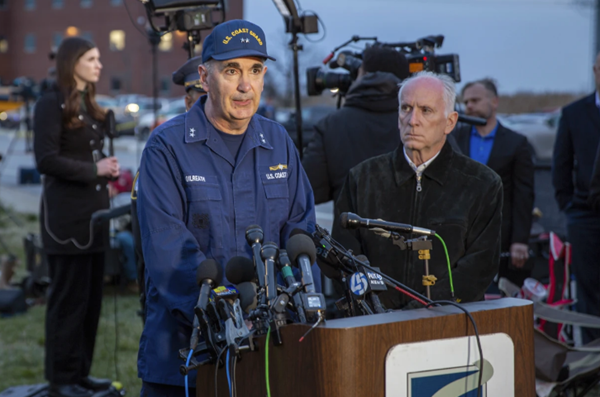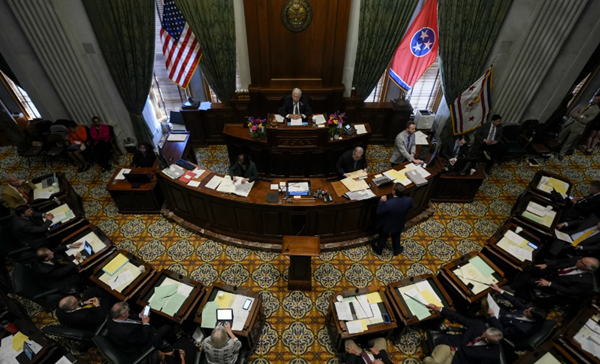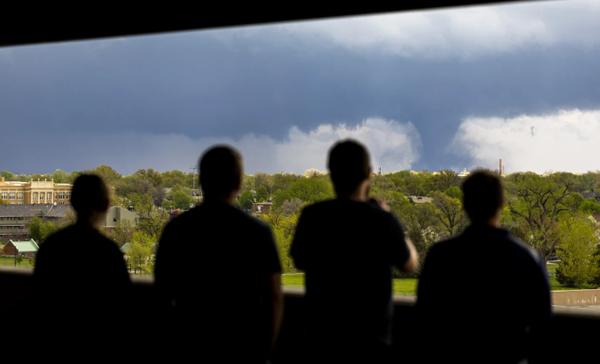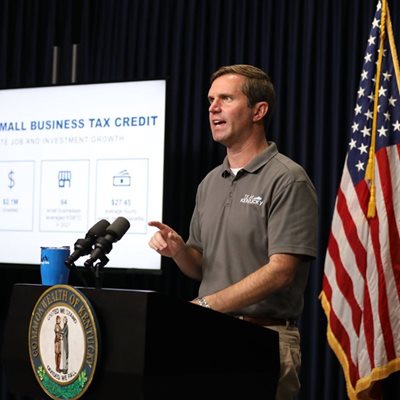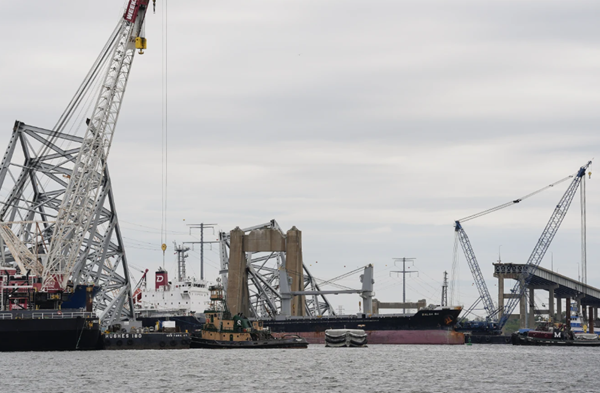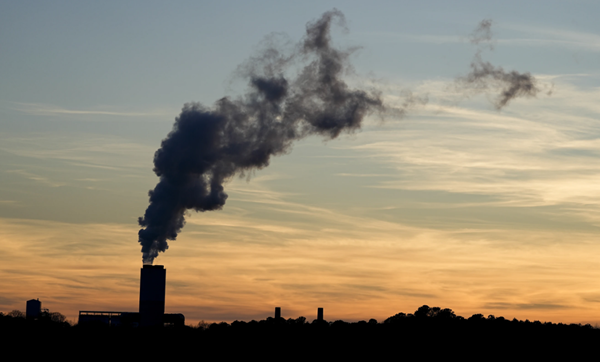The city of Baltimore and maritime industry leadership worldwide is starting to face the long road to recovery and rebuilding after the collapse of the Key Bridge, its immediate effect on business, and the longterm plans to get back to normal for commuters and commerce.
National Transportation Safety Board Chair Jennifer Homendy says investigators expect to have more information Wednesday on the timeline of events after information from a ship data recorder was sent to an agency lab.
Homendy says in an interview with WBAL-TV that the U.S. Coast Guard boarded the vessel Tuesday and downloaded the voyage data recorder. It has been sent to the NTSB’s lab, and she says they expect to have information Wednesday on the timeline.
If the weather allows, Homendy says, investigators will board the ship to look for electronics and documentation. Their focus will be on collecting evidence.
In the longer term, a retired Coast Guard officer says he expects the focus in Baltimore to shift soon to reopening the channel as quickly and safely as possible.
Aaron Davenport, a senior researcher with the RAND Corporation, isn’t involved in the aftermath of the bridge collapse, but he described what he expects to happen based on his Coast Guard experience.
Divers and remote equipment likely will be used to survey debris on the channel floor both as part of the investigation and in preparation for clearing the channel, he says. Heavy-duty barges and cranes will be needed for the salvage operations. Officials also will need to assess damage to the ship.
Eventually the ship would likely be towed back to port and the cargo offloaded. Davenport says the ship’s owners are responsible for getting the ship out and the damage to the bridge.
However, they have to submit plans to stakeholders, and the federal government can take over if they don’t take prompt and effective action.
The stunning collapse is diverting shipping and trucking around one of the busiest ports on America’s East Coast, creating delays and raising costs in the latest disruption to global supply chains.
Ship traffic entering and leaving the Port of Baltimore was suspended indefinitely. That will require rerouting vessels or their cargo to other ports, potentially causing congestion and delays for importers, said Judah Levine, head of research for the global freight booking platform Freightos.
“People right now are figuring out where are they going and what are their options,’’ Ami Daniel, CEO of the maritime intelligence company Windward in Tel Aviv, Israel, said.
“Aside from the obvious tragedy, this incident will have significant and long-lasting impacts on the region,” American Trucking Associations spokesperson Jessica Gail said, calling Key Bridge and Baltimore’s port “critical components’’ of the nation’s infrastructure.
Gail noted that 1.3 million trucks crossed the bridge every year — 3,600 a day. Trucks that carry hazardous materials will now have to make 30 miles of detours around Baltimore because they are prohibited from using the city’s tunnels, she said, adding to delays and increasing fuel costs.
The use of trucks as an alternative to shipping goods will also cause traffic backups on U.S. thoroughfares, Petersen predicted. “The East Coast I-95 corridor is going to be a real disaster,” he said.
“Timewise, it’s going to hurt us a lot,’' said Russell Brehm, the terminal manager in Baltimore for Lee Transport, which trucks hazardous materials such as petroleum products and chemicals. The loss of the bridge will double to two hours the time it takes Lee to get loads from its terminal in Baltimore’s Curtis Bay to the BJ’s gasoline station in the waterfront neighborhood of Canton, he estimated.
The accident comes as global shipping has largely adjusted to disruptions from Houthi rebel attacks on vessels in the Red Sea. The attacks, which started amid the Israel-Hamas war, have forced ships to take the longer route around the Cape of Good Hope at the southern tip of Africa and required more ships to sail more often.
Americans should expect shortages, said Ryan Petersen, CEO of the supply chain management company Flexport. He said the accident would have significant repercussions for ocean container shipping and East Coast trucking logistics.
“It’s not just the port of Baltimore that’s going to be impacted,” he said.
Petersen was working with his team Tuesday to reroute about 800 shipping containers currently making their way to the Port of Baltimore. Flexport had two containers onboard the Dali; one was filled with a donated playground headed to Zambia.
The Port of Baltimore is one of the largest vehicle handling ports in the U.S., and a lengthy closure could disrupt the supply of new vehicles. In 2022, Baltimore ranked No. 1 with more than 750,000 vehicles going through the port, 70% of them imports.
About 20% of U.S. coal exports pass through Baltimore en route to India, the Netherlands, Japan and other countries; that is second only to Norfolk, Virginia, according to the U.S. Energy Information Administration.
Rear Adm. Shannon Gilreath, commander of the Fifth Coast Guard District, speaks in Dundalk, Md., on Tuesday, March 26, 2024. (AP Photo/Ted Shaffrey)
Advertisement
After the Baltimore bridge disaster: what happens now?
Advertisement
Latest State & National
State & National
an hour ago
State & National
an hour ago
State & National
19 hours ago
State & National
Apr. 25, 2024
State & National
Apr. 25, 2024
ADVERTISEMENT
Most Read >
ADVERTISEMENT
Latest State & National
State & National
an hour ago
State & National
an hour ago
State & National
19 hours ago
State & National
Apr. 25, 2024
State & National
Apr. 25, 2024
Advertisement
ADVERTISEMENT
